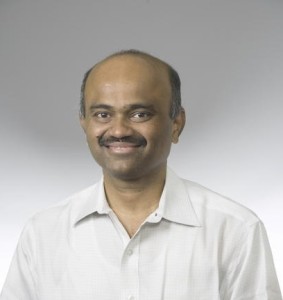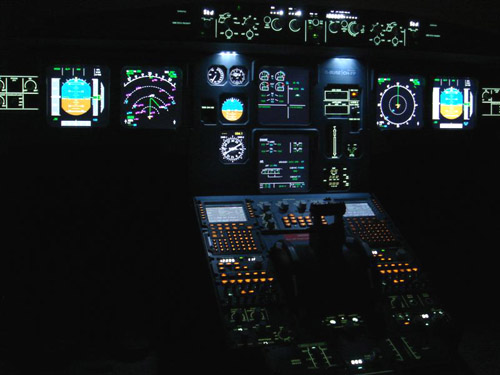
We are going through a revolutionary era, on the way to technological singularity. We find digital marketing companies expanding their tech portfolio beyond their core areas of business into aerospace, and other industries, and often wonder what the reason is. The explanation, in simple terms, is that four key technologies – sensing, computing, communication and control – are transforming and fusing together.
Fusion of technology
How do these four technologies come together in modern systems? This can be explained by taking the simple example of new cars, which come with cameras and sensors fitted all around them. The data collected by the camera and sensors (sensing) is handled and processed by a processing unit (computing) and converted into an action (control). Typically, we may have one computer handling data processing and a different computer handling control, and these two exchange information with each other (communication).
Mastering the four elements
While designing such a system, it is important to consider how these four factors work independently as well as with each other. There might be specific tools that are good at specific functions, but the key challenge is to have an environment that could bring all these domains together. Otherwise, it would be difficult to design the system as a whole. Developing the test case manually for such complex systems is another challenge as it consumes a lot of time and is prone to error.
The role of software
Simulation, computation and analysis software offer the developer a sandbox environment to explore and prototype different ideas.
Singular platform: When developing a modern device like a mobile phone, there would be several elements involved. When you look at the electronics design and automation (EDA) tools available for this, you would find many that are good in one or some particular functions involved, such as audio processing or printed circuit board (PCB) designing. Modelling and simulation software provide an integrated environment for all these tools together. In other words, they help design at the system level, rather than the component level, or provide technology solutions across different domains in electronics, in the same platform.

Reuse of intellectual property (IP): One of the common problems faced by designers is that the processing platform may change depending on the project they are working on. It might be a microcontroller in one project and a field-programmable gate array (FPGA) in another one. Even when you change the platform, you can use these modern tools to automatically generate C or VHDL code of your IP, thereby enabling easy reuse of the IP. Since the code is generated automatically, the user need not be an expert in this task. It also saves a lot of time.
Test case generation: Developing test cases for projects is a tedious, time consuming and rigorous task. Now we have modules in EDA software that look through the logic and automatically generate numerous ready-to-run, executable test cases.
Powering innovation across verticals
This trend of merging technologies can be seen across various markets. Let us take a look at some such examples.
Automotive: Several kinds of imaging and data sensors are integrated into cars these days. One of the innovations enabled by simulation, computation and analysis tools is the traffic sign recognition system, where the images from the camera in the car are used to recognise and interpret various traffic signs, by comparing them with the digital maps of traffic services or navigation systems, and providing notifications and warnings to the driver in real-time, for example, speed limit reminders, no-overtaking zones, etc.
Another innovation is seen in the connected car ecosystem. Plug-and-play devices such as Delphi Connected and the indigenous CarIQ can monitor battery and engine health, provide service alerts, suggest customised driving tips, warn of over-speeding, and much more. Normally, when a car does not work properly, we take it to a service centre or hire a technician and get the problem fixed. Tesla Motors, the recent sensation in the automobile industry, can repair or service their cars over air with just a firmware update.
Medical: This is another field where a lot of developments are occurring with the aid of software tools. For example, a company named VivaQuant has developed a wearable heart rhythm-monitoring device that processes and extracts data from a noisy electrocardiogram (ECG) and accurately detect cardiac arrhythmias.
Brain-machine interface (BMI) systems, which restore or augment human functionalities, represent another area where much research is happening with the aid of electronics design and simulation software. The revised filtering and processing of brain signals, graphical user interface, real-time modelling and simulation for such projects are achieved with the help of software tools. Organisations and institutions such as BrainGate Implant, University of Pittsburgh School of Medicine, and Johns Hopkins Advanced Physics Lab are working in this area.




